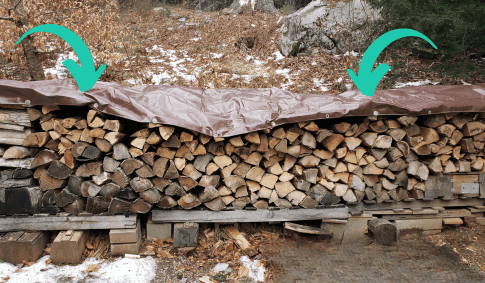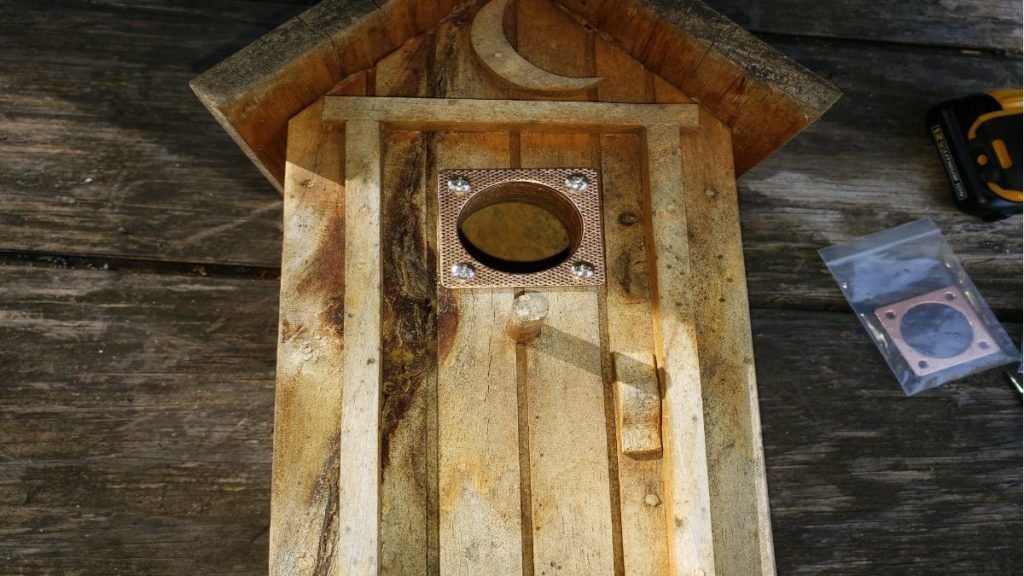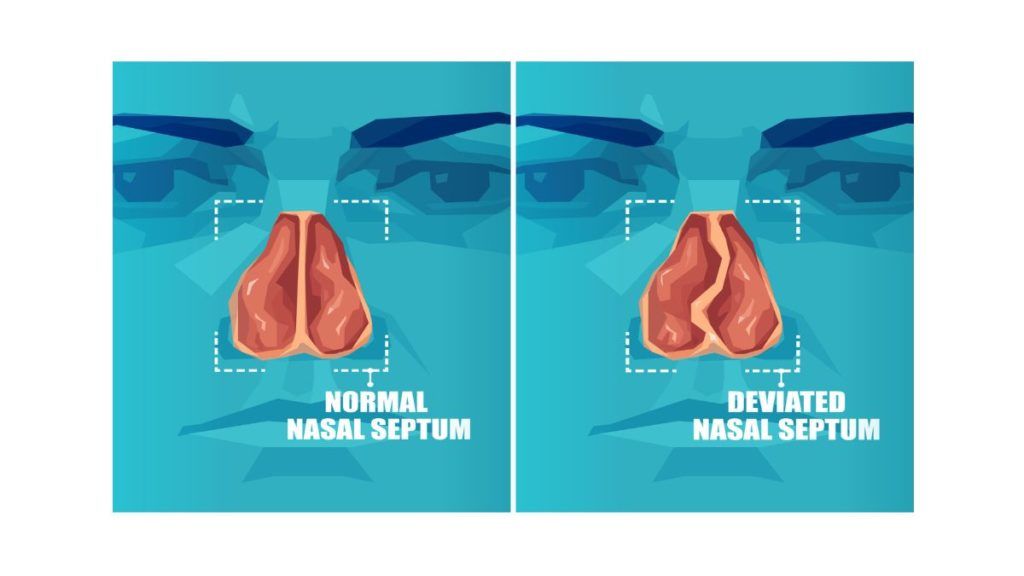
Hiking is a tremendous activity to do either by yourself, or with your family. Everyone should be aware of hiking safety tips.
Day hikers head out into the wild for a trip up a local mountain or on a local trail but, oftentimes, forget to prepare for a potential mishap. Simple preparation and simply being safety-conscious, can make the difference between an enjoyable afternoon and an unfortunate experience.
Taking the proper precautions is easy to do, but not everyone does it. Being an avid hiker, I make it a point to prepare for the worst, even though I am still looking forward to a fun day communing with nature.
Hiking Safety Tips
1. Water, water, and more water
Hiking safety tips are numerous but the #1 safety tip is to ensure that you bring enough water with you. Obviously, the temperatures in which you will be hiking should dictate how much water you should bring. If you are not sure how much to carry with you, you can always ask the park ranger when you are parking at the bottom of the mountain or trail and then fill up your water bottle accordingly. If there is no place to refill your water at the summit, or along the way, my suggestion is to bring with you at least a quart of water per hour of hiking. I like to use the wide mouth hard plastic water bottles and fill them with plenty of ice and water before the hike. If you are going to pack more of anything on your hike, pack too much water. As an added precaution, pick up some iodine pills which can be used to treat water if you are forced to fill up your water bottle in a stream or other body of water. The water bottles will be heavy at the beginning of your hike, but once you drink a few of them, your pack will get lighter
2. Buy some decent hiking boots
This may sound like a no-brainer but I’ve seen people hiking in sandals. Proper ankle support and traction underfoot are extremely important, especially on a slick trail. I discovered this the hard way by using an old pair of hiking boots, and slipped and fell on a wet rock as I was descending the mountain. I tried to brace my fall with my right arm and I ended up with a torn rotator cuff I had operated on a couple of years ago. Don’t make the same mistake I did. Invest in a pair of decent hiking boots.
3. Tell someone about your hike
Leave all of the pertinent information with a loved one about when you left, where you went, and when you plan on returning. If possible, map out the trails that you plan on taking and leave a copy with that person. And, if at all possible, hike with someone else rather than taking on nature solo.
4. Bring a First Aid Kit
A few weeks ago, I went hiking with my two daughters and my nephew. It took us about two hours to ascend the mountain and a little less to descend. On the descent, my eldest was holding onto a branch to support herself and her feet slipped out from under her on a pretty slick rock. As a result, she tumbled and got a bruise on her side and on her arm. Fortunately, we brought along a first aid kit and we were able to quickly treat the wound and, in short order, we were on our merry way. It cannot hurt to stop at the local pharmacy and pick up a small first aid kit just in case. You would rather not have to use it, but if you have to, you will be glad you brought it along.
5. Accessorize
It would be wise to bring along the following accessories with you, even if you are only planning a day hike.
Cell Phone – You may not get any reception on your hike, but it cannot hurt to bring along a cell phone. You never know when it can come in handy.
Compass – It is always wise to bring along a compass should you happen to get off the trail and don’t know which direction in which you should walk. A compass could help and it won’t add any weight to your pack.
Flashlight – Even though you are planning a day hike, your route may be altered due to work on the trail or for some other unknown reason. Your schedule for when you were supposed to be back at the car may suffer as a result. If darkness sets in, a flashlight could be a lifesaver. Once again, it will be negligible as far as extra weight in your pack.
Bug Spray – Depending on the time of year and the amount of rain that has recently fallen, bugs could be a major factor. Bringing along a heavy duty bug spray could pay big dividends.
Snacks – Healthy snacks such as protein bars, trail mix, and fruit will continually give you the energy reserves that you need to get up and down the mountain.
A day hike can be a lot of fun for you and your family. But, it is important to proceed with caution and heed these hiking safety tips as a fun day in the sun could turn tragic before you know it. Having thoroughly prepared yourself for your trip, in terms of safety, could be the best thing that you could do. Hopefully everything will go smoothly but, in case it doesn’t, you will be ready to safely deal with anything that could come up.





